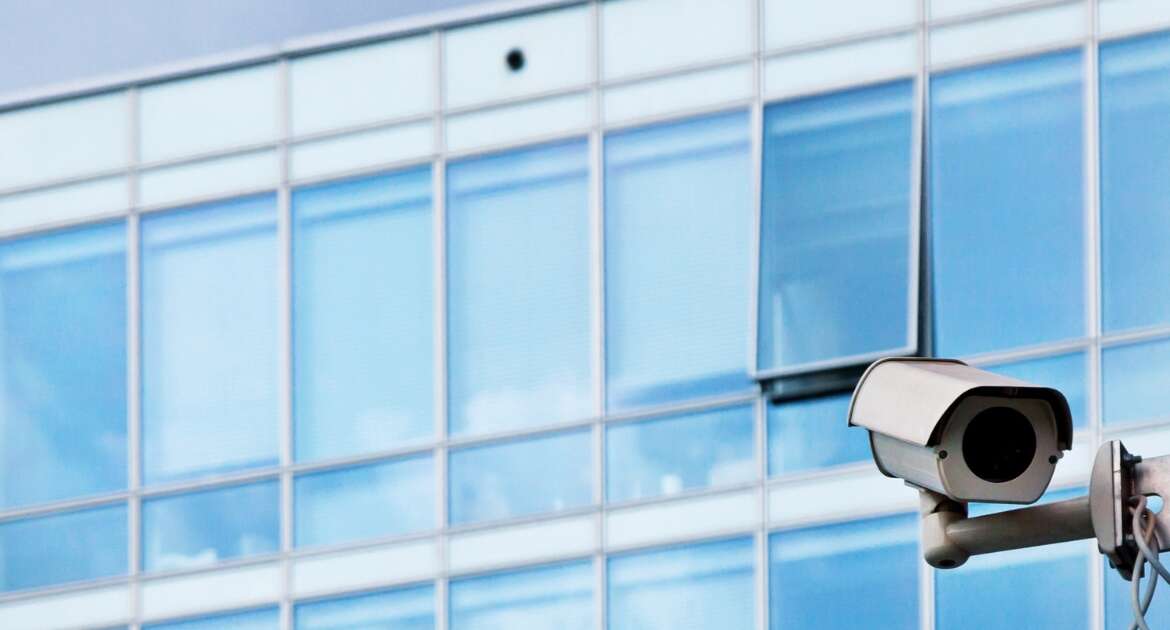
Commercial security consists of systems, technologies, and strategies created to protect offices, businesses, and commercial properties. Such a level of security is required to protect from vandalism, theft, unauthorized access, and safety hazards. Therefore, security systems for commercial buildings offer advanced security cameras as well as access control to cybersecurity measures and alarm systems. This robust security system helps safeguard employees, assets, and visitors while ensuring continuity of the business.
Importance of Security Systems for Commercial Buildings
Commercial security systems are important for multi-tenanted buildings and offices, helping business and property owners eliminate security issues. So, a well-designed security system can be created to meet all the unique needs of different occupants. Furthermore, leveraging advanced technologies boosts security, protects valuable assets, deters crime, and ensures compliance with safety standards. So, the professional security consultants in Phoenix, AZ, advise people to address key threats with commercial security systems. The threats include:
- Property Theft: The security system in the office building restricts access to all valuable assets with the help of real-time alerts and automated responses to prevent theft.
- Unauthorized Entry: Commercial property deserves security systems just like apartment building security systems. This ensures that only authorized personnel can enter into secured areas, decreasing the chances of intrusion.
- Injuries and Accidents: Workplace safety hazards can be reduced using AI-powered cameras and sensors, while triggering alerts and automated responses prevent injuries.
- Vandalism: Modern commercial security systems, such as CCTV cameras, can help stop attempts at vandalism and obtain visual evidence of incidents. For example, cameras in a parking lot can help identify and locate people who may have committed an offense.
Business Security System Components
Comprehensive commercial building security systems consist of multiple components to increase threat detection and response. So, a well-planned security system includes security cameras, access control, alarms, sensors, and cybersecurity measures. These things work together as a unified solution. Each of the elements is configured strategically to have seamless communication, ensuring a proactive and coordinated security approach.
Access control generally restricts entry to private areas using personalized credentials, ensuring only authorized people can enter a specific location based on their roles. Furthermore, users generally receive physical or digital credentials, such as mobile passes or key cards, to manage security operations remotely. Therefore, allowing real-time adjustments to permissions enhances security and adaptability to upcoming threats. Some common types of access control security systems include:
- Key Card Systems: The access permissions are often stored on the physical card or fob, which users present to the readers to request entry.
- Intercom System: The Intercom entry system allows people to get verbal access by communicating with the help of the intercom at the building entrance.
- Mobile Credentials: Digital stored access permissions on the smartphone of a user, which enable keyless entry.
- Biometric Readers: Iris, fingerprint, retina, and facial recognition are needed to grant or deny access based on the biometric data.
How to Select the Right Security Systems?
While many commercial security systems share the same kind of components, the installation and configuration of the device depend on the specific needs of the businesses. Therefore, before developing a tailored security solution, the decision-makers need to consider different kinds of factors, such as:
1. On-Premise vs. Cloud-Based Infrastructure
The data produced and obtained by commercial security systems must be stored as well as protected in the right digital environment. So, the modern business security systems provide two types of data storage are off-site cloud-based systems or on-premise in physical servers.
In an on-premise storage system, the place is more secure as the data stays within the building, decreasing the risk of external breaches. This storage can be easily customizable. Here, the physical devices can be designed in a way to meet every business requirement. Furthermore, it is also compliant as it meets the regulations such as GDPR and HIPAA.
On the other hand, cloud-based storage is more affordable than compared to on-premise storage system. It can easily scale with every business’s needs. It is also very convenient to update and adjust as the changes can be made online quickly. In this storage system, no physical space due to a lack of on-site storage infrastructure.
2. Installation & Maintenance
Physical limitations can impact the entire design of the office building’s surveillance as well as security systems. So, if all important wiring infrastructure is already in place, connecting access readers and other components can be straightforward. However, installing new infrastructure can be too time-consuming and costly.
To overcome the limitations, the owner can choose to install wireless devices that transmit data through Wi-Fi. Using this approach can eliminate installation complexity, but it might introduce new cybersecurity risks. Furthermore, decision-makers also need to consider the ongoing maintenance of both software and hardware. These things include how devices like cameras and alarms will be used to get updates, and how software programs will be maintained.
Conclusion
Commercial security systems are needed to protect assets, employees, and visitors. By implementing access control, surveillance, alarms, and cybersecurity measures, the businesses deter crime, ensure safety, and maintain compliance. Therefore, while selecting the right infrastructure and maintenance approach increases efficiency and effectiveness of the security strategy.
